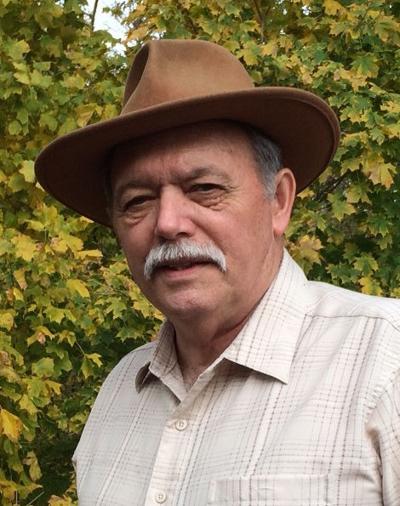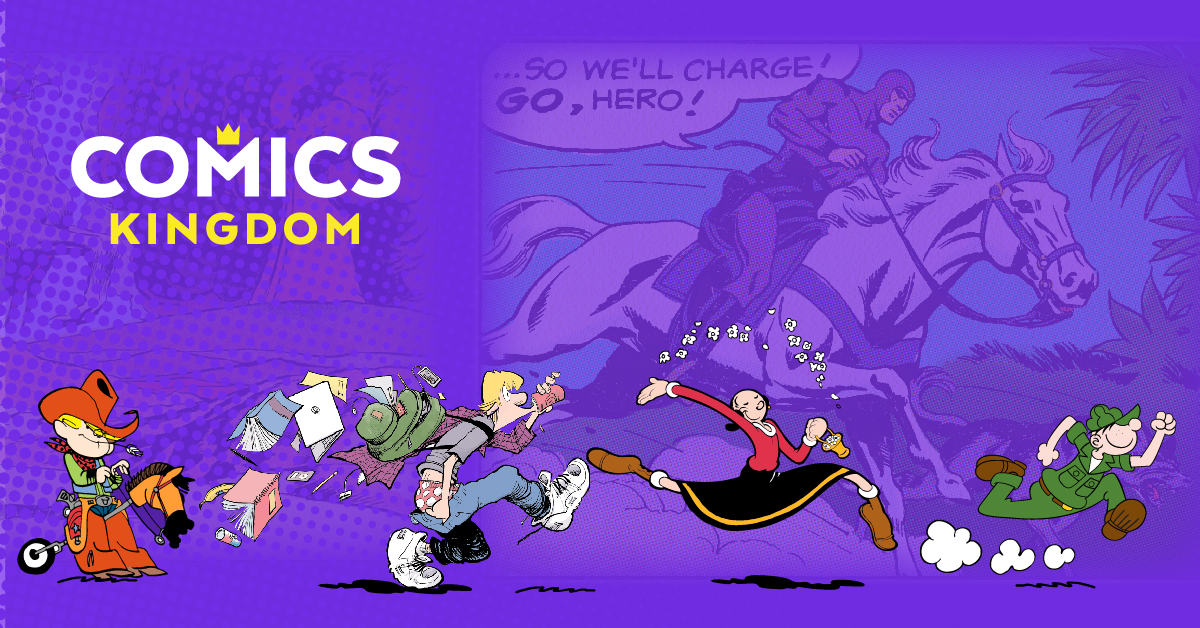The Indiana Department of Natural Resources (DNR) has confirmed Indiana’s first positive case of chronic wasting disease (CWD) in LaGrange County. CWD is a neurological disease affecting white-tailed deer and results in their eventual death.
The positive case is adjacent to a region where CWD had previously been detected in Michigan. CWD has been detected in wild deer in 33 states, including all states bordering Indiana.
“CWD has been in our region for many years with positive cases in all of our surrounding states,” Joe Caudell, Indiana DNR deer biologist, said. “The public can help by reporting sightings of sick or dead deer to the DNR, as well as submitting harvested deer for testing during deer hunting season. Through increased awareness and testing, we can work to monitor CWD within Indiana’s deer population.”
Because CWD had previously been detected in Michigan near the Indiana border, finding it in this area of Indiana was highly likely, Caudell said, and DNR will continue monitoring the area for CWD.
There have been no reported cases of CWD infection in humans.
The Centers for Disease Control and Prevention (CDC) recommends hunters strongly consider having their harvested deer tested before eating the meat. The CDC also recommends not eating meat from an animal testing positive for CWD. For more information about the CDC’s recommendations, visit cdc.gov/prions/cwd.
The Indiana white-tailed deer was a male harvested by a hunter and confirmed positive for CWD by two independent tests. CWD is caused by a misfolded prion causing damage to the animal’s nervous system. CWD can spread from deer-to-deer contact or through contaminated environments and remains in the soil for many years. Animals in the late stages of CWD can appear emaciated, show erratic behavior, and exhibit neurological irregularities. If you see any sick or dead wildlife, please report it at on.IN.gov/sickwildlife.
Indiana’s various deer hunting seasons run from mid-September until the end of January.
During hunting season, to have their harvested deer tested for CWD, hunters can drop off its head in a freezer outside a Fish & Wildlife Area or State Fish Hatchery office or schedule appointments to bring their harvested deer to the sites to be tested. All CWD sampling locations can be viewed through an interactive map. Alternatively, people may submit samples directly to the Animal Disease Diagnostic Laboratory (ADDL) at Purdue University for a fee. More information and submission forms are available on the ADDL website.
Two Men Charged With Fish & Wildlife Crimes
As a result of an investigation conducted by Indiana Conservation Officers, 46-year-old Ryan Jinkerson of Lowell and 34-year-old Randy Kirk of Winfield face multiple charges related to poaching deer.
The two Lake County men were charged with illegal taking of deer, hunting with the aid of a motorized conveyance, providing false information to a deer check station, failing to check in deer, hunting deer without a license, hunting without consent of landowner, hunting deer by the aid of bait, unlawful taking of a federally protected species, unlawfully placing surveillance cameras on private property, and hindering a conservation officer, all of which are misdemeanors.
The investigation stemmed from information provided via TIP (Turn in a Poacher), a hotline for reporting such crimes, received late last year.
Both suspects surrendered themselves after conservation officers filed charges and issued arrest warrants. Each subsequently posted $750 bond.
All suspects are presumed innocent until and unless proven guilty beyond a reasonable doubt in a court of law.
Conservation officers remind the public wildlife belongs to all Hoosiers. If you see illegal activity or want to report possible illegal activity, contact TIP at 1-800-TIP-IDNR (800-847-4367) or tip.IN.gov. Doing so will help conserve wildlife for future generations.
Falcon Family Home Renovation
Since 1995, a nest box on top of Market Tower in downtown Indianapolis has assisted peregrine falcon parents in raising 88 chicks over nearly 30 years. It is one of the oldest and most productive nest boxes in the state, but the box was falling apart after decades of wear and tear. The DNR ornithology team recently installed a new nest box for the next generations of downtown Indianapolis falcons.
Due to the height of Market Tower, the nest boxes successfully mimic cliffside habitat which is scarce in Indiana. Staff and public efforts to build nest boxes have helped peregrine falcon population levels increase over time. As of 2013, peregrine falcons were taken off the state endangered list and are now considered species of greatest conservation need.
Keep Baby Wildlife Wild
As spring continues, young wildlife will become more prevalent. It may be tempting to cuddle cute, young wildlife when they are encountered, but it’s important to always assess the situation before intervening.
Young wildlife’s best chance of survival is with their mother, and your support can often unintentionally harm them if it is not needed. If young wildlife have fallen out of a den or nest, you can simply return them to it and then leave the area.
Human scent will not deter a mother from coming back.
It is common for a mother to leave her young for long periods of time to forage for herself and her young, so don’t linger near wildlife or their homes too long. Doing so can dissuade a mother from returning or alert predators to the young. Prevent orphan wildlife by scanning your yard before doing yard work and supervising pets when they are outdoors.
If you’re uncertain whether wildlife needs assistance, reach out to a permitted wildlife rehabilitator before picking up wildlife. If they truly need assistance, they must be turned over to a permitted wildlife rehabilitator within 24 hours.
‘till next time,
Jack















Commented
Sorry, there are no recent results for popular commented articles.